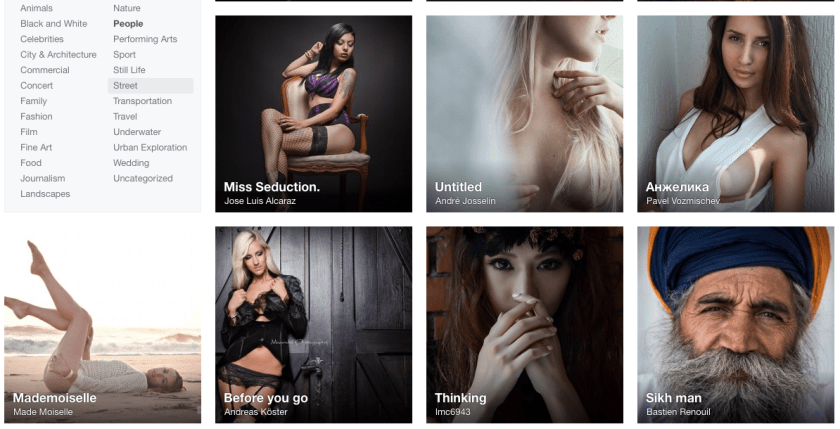There’s a good reason why single frames captured from a movie are called stills. The movie moves, while the still… well… keeps still. It is a moment paused for all eternity so that we may go back to it again and again, examining every detail as if searching for the answer to an unasked question. But what happens when we subvert the still image and transform it into something more than what it represents on its own? How does the narrative change?
Recently I’ve been experimenting with animation for two of my projects, Mixed States, and Project Sage Nu. While I have experience with video and Final Cut editing software, I also find simple flip books intriguing—maybe because there is an element of mystery to them. A similar effect sometimes happens while browsing through your own photos on the computer—suddenly the people in a series of photographs taken within seconds of each other start to move. I love it when that happens, which is how I became interested in the mechanics of GIFs (Graphics Interchange Format).
Today my goal was to learn how to make GIFs from scratch in Photoshop on my desktop instead of using apps on the iPad (see my last post, There’s an App for That). SUCCESS!!! I am officially one step closer to realizing a particular animation I envision for Projet Sage Nu. The next stage will be to incorporate recorded audio. Boy, this is exciting stuff!!
Thanks for dropping by, and please feel free to leave your thoughts in the comment section below. Do you think the GIF above fits with my PSN project, or does it have an entirely different narrative of its own? Is this the beginning of a third project? Hell, why not! 🙂








